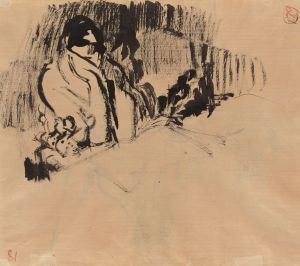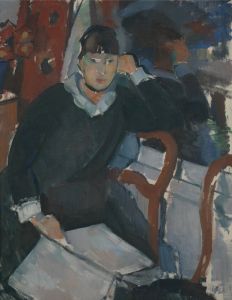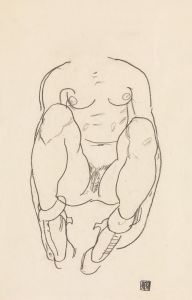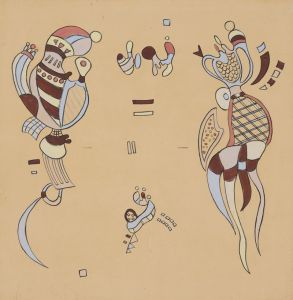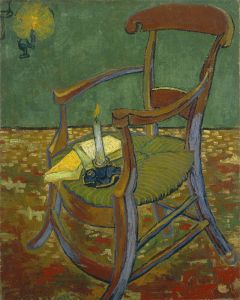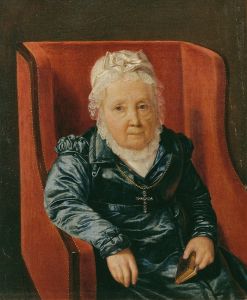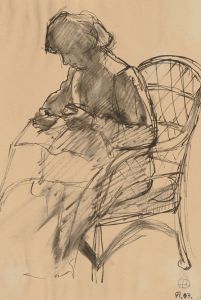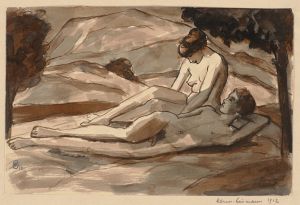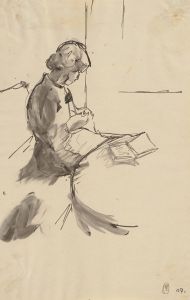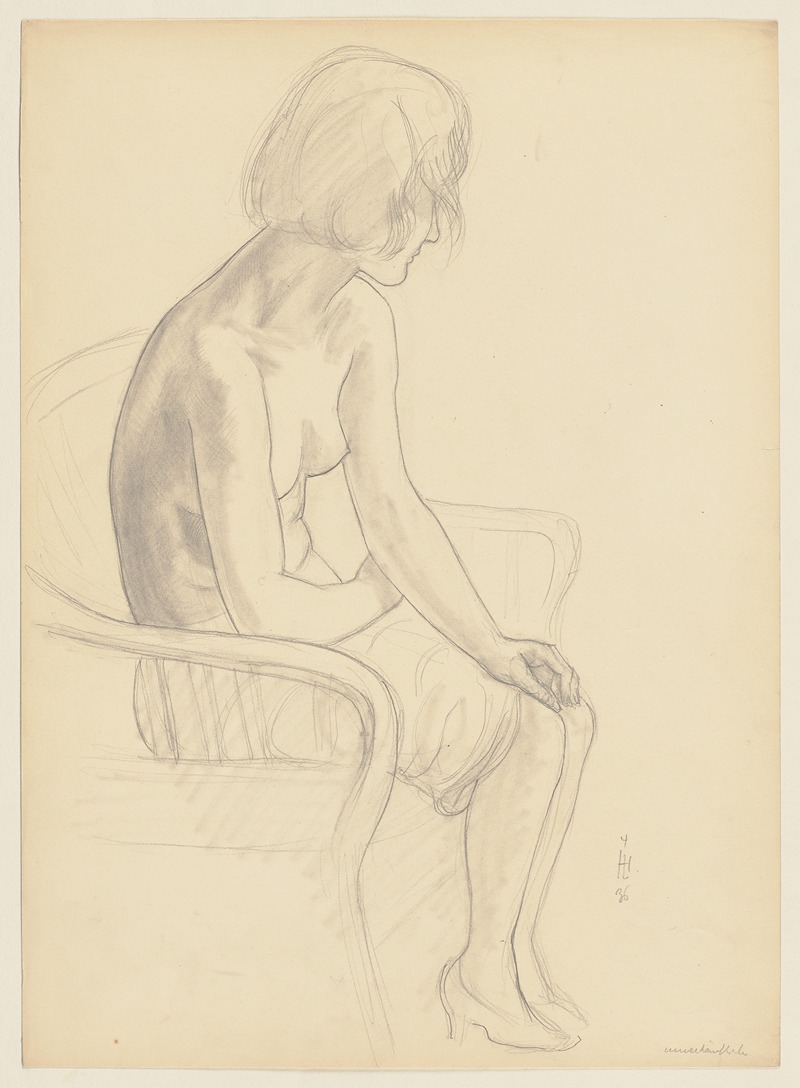
Sitzender Frauenakt auf einem Stuhl
A hand-painted replica of Hermann Lismann’s masterpiece Sitzender Frauenakt auf einem Stuhl, meticulously crafted by professional artists to capture the true essence of the original. Each piece is created with museum-quality canvas and rare mineral pigments, carefully painted by experienced artists with delicate brushstrokes and rich, layered colors to perfectly recreate the texture of the original artwork. Unlike machine-printed reproductions, this hand-painted version brings the painting to life, infused with the artist’s emotions and skill in every stroke. Whether for personal collection or home decoration, it instantly elevates the artistic atmosphere of any space.
Hermann Lismann was a German painter known for his contributions to the Expressionist movement in the early 20th century. One of his notable works is "Sitzender Frauenakt auf einem Stuhl," which translates to "Seated Female Nude on a Chair." This painting exemplifies Lismann's style and his engagement with the themes and techniques of Expressionism.
Lismann was born in 1878 in Germany and studied at the Academy of Fine Arts in Munich, where he was influenced by the burgeoning Expressionist movement. This movement was characterized by its focus on representing emotional experiences rather than physical reality, often through the use of vivid colors, exaggerated forms, and dynamic compositions. Lismann's work often explored the human figure, and "Sitzender Frauenakt auf einem Stuhl" is a prime example of his interest in the human form and the emotional depth it can convey.
The painting depicts a nude woman seated on a chair, rendered in a style that emphasizes the emotional and psychological presence of the subject rather than a realistic portrayal. The use of color and form in the painting is typical of Expressionism, with bold, non-naturalistic colors and dynamic brushstrokes that convey a sense of movement and emotion. The composition of the painting draws the viewer's attention to the figure's posture and expression, inviting an emotional response.
Lismann's work, including "Sitzender Frauenakt auf einem Stuhl," reflects the broader cultural and artistic trends of his time. The early 20th century was a period of significant change and upheaval in Europe, and artists like Lismann sought to capture the complexities of the human experience in their work. Expressionism, with its focus on subjective experience and emotional intensity, provided a means for artists to explore these themes.
Throughout his career, Lismann was associated with various artistic groups and movements. He was part of the New Secession in Munich, a group that broke away from the traditional art establishment to pursue more avant-garde and experimental approaches to art. This affiliation further influenced his style and approach to painting, as he engaged with other artists who were similarly interested in pushing the boundaries of traditional art.
Unfortunately, Lismann's career was disrupted by the political events of the 20th century. As a Jewish artist in Germany, he faced persecution under the Nazi regime, which labeled his work as "degenerate art." This led to significant challenges in his professional life, and much of his work was either destroyed or lost during this period. Despite these challenges, Lismann continued to paint and contribute to the art world until his death in 1943.
"Sitzender Frauenakt auf einem Stuhl" remains an important work in Lismann's oeuvre, showcasing his skill as an artist and his ability to convey deep emotional and psychological themes through his work. Today, his paintings are appreciated for their contribution to the Expressionist movement and their reflection of the turbulent times in which he lived.






